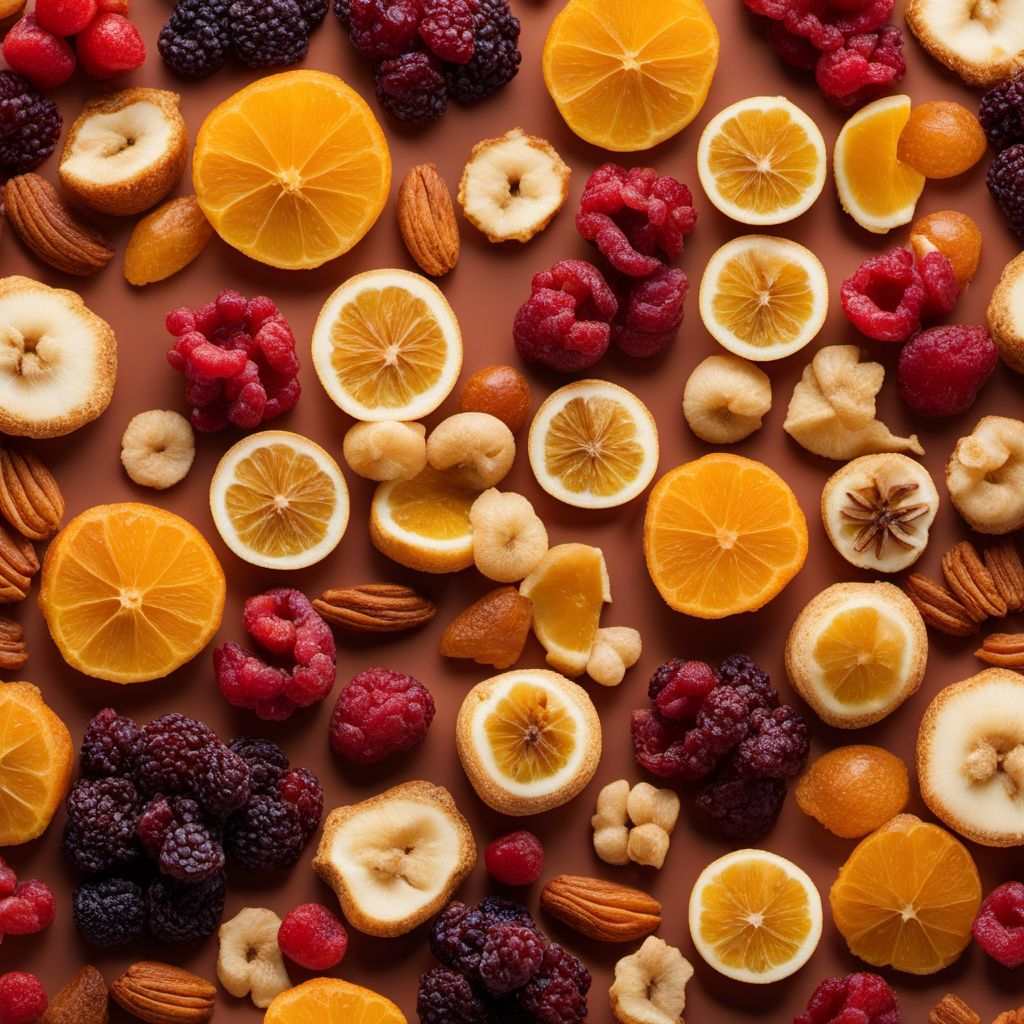
Ingredient
Mixed dried fruits
Nature's Sweet Medley: Exploring the World of Mixed Dried Fruits
Mixed dried fruits are a delightful combination of various fruits that have been dried to preserve their flavors and extend their shelf life. They come in a colorful assortment, including raisins, apricots, cranberries, cherries, and more. These fruits are carefully selected and dried to retain their natural sweetness, resulting in a chewy and slightly shriveled texture. With their vibrant colors and concentrated flavors, mixed dried fruits add a delightful contrast to both sweet and savory dishes.
Origins and history
The practice of drying fruits dates back centuries and was initially used as a preservation method. Drying fruits allowed people to enjoy the taste and nutritional benefits of fruits during times of scarcity. The exact origin of mixed dried fruits is unclear, but various cultures around the world have embraced this preservation technique. In ancient Egypt, dried fruits were considered a luxury and were often used as offerings to the gods. Over time, dried fruits became popular in different cuisines, including Middle Eastern, Mediterranean, and Asian.
Nutritional information
Mixed dried fruits are a concentrated source of essential nutrients, including dietary fiber, vitamins, and minerals. They are particularly rich in antioxidants, which help protect the body against oxidative stress. These fruits are also a good source of energy, providing a natural sugar boost. However, it's important to consume them in moderation due to their high sugar content.
How to select
When selecting mixed dried fruits, look for plump and moist fruits that are free from mold or signs of spoilage. Avoid those with added sugars or preservatives. Opt for organic options whenever possible to ensure the fruits are free from pesticides.
Storage recommendations
To maintain the freshness and quality of mixed dried fruits, store them in an airtight container in a cool, dark place. They can also be refrigerated to extend their shelf life. Proper storage helps prevent moisture absorption and keeps the fruits from becoming overly dry or hard.
How to produce
While it may be challenging to produce mixed dried fruits at home, you can dry individual fruits separately using a dehydrator or an oven set at a low temperature. Slice the fruits evenly and arrange them in a single layer on a baking sheet or dehydrator tray. Dry them until they are slightly shriveled and have a chewy texture.
Preparation tips
Mixed dried fruits can be enjoyed as a snack on their own or incorporated into a variety of dishes. They are commonly used in baked goods such as cakes, cookies, and bread. You can also add them to breakfast cereals, granola bars, trail mixes, or salads for a burst of natural sweetness. Rehydrate dried fruits by soaking them in warm water or fruit juice before using them in recipes that require a softer texture.
Culinary uses
Mixed dried fruits are a versatile ingredient that can be used in both sweet and savory dishes. They are commonly used in fruitcakes, muffins, and pies to add a burst of flavor and texture. In savory dishes, they can be added to rice pilafs, couscous, or stuffing for a touch of sweetness. Mixed dried fruits also pair well with cheese and nuts, making them a delightful addition to cheese boards or charcuterie platters.
Availability
Mixed dried fruits are widely available in grocery stores, supermarkets, and specialty food stores worldwide.
More ingredients from this category
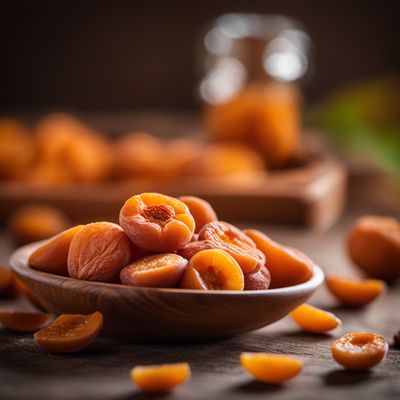
Dried apricots
The Golden Gems: Unveiling the Delights of Dried Apricots
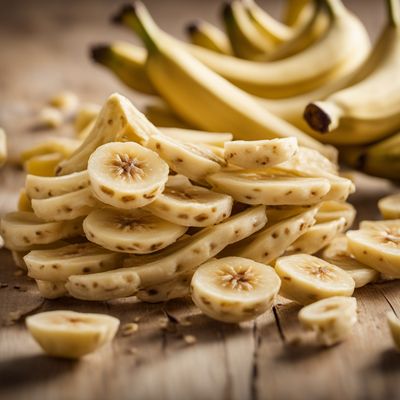
Dried bananas
Nature's Sweet and Chewy Delight: Dried Bananas

Dried figs
Nature's Sweet Gems: Dried Figs

Dried mangoes
The Sweet and Tangy Delight

Dried apples
The Sweet Essence of Sun-Dried Apples
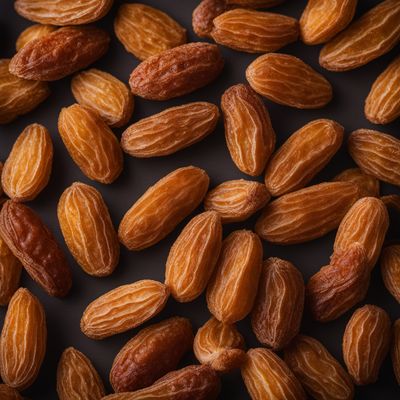
Dried dates
Nature's Sweet Gems

Chocolate coated dried fruit
Decadent Delights: Chocolate Coated Dried Fruit

Fruit chips
Crispy Delights: Fruit Chips

Dried prunes
Nature's Sweet and Tangy Gems
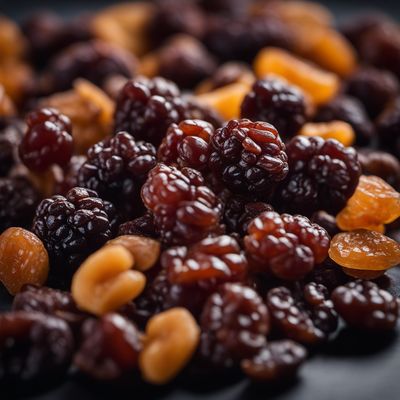
Dried vine fruits (raisins etc.)
Nature's Sweet Gems

Dried pears
The Sweet Essence of Preserved Pears
Recipes using Mixed dried fruits » Browse all

Moroccan-inspired Risotto
Saffron and Spice Risotto with Moroccan Flavors
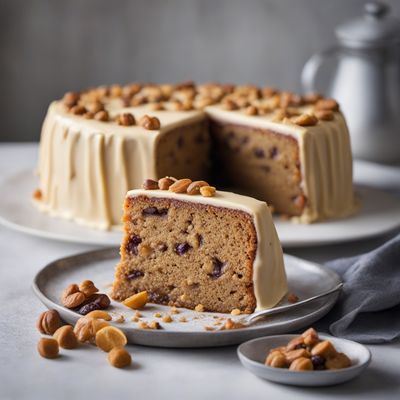
Simnel Cake Recipe
"Springtime Delight: Traditional Simnel Cake"

Guernsey Gâche with a Twist
Saffron-infused Guernsey Gâche: A Modern Twist on a Classic English Delight
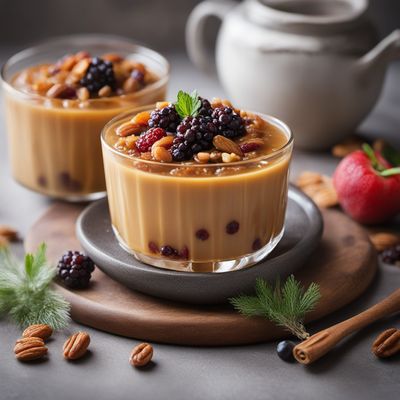
Ukrainian Honey and Wheat Berry Pudding
Golden Delight: A Sweet Celebration of Ukrainian Cuisine

Uzbek-inspired Fruit Scones
Savory Delights: Uzbek-inspired Fruit Scones with a Twist
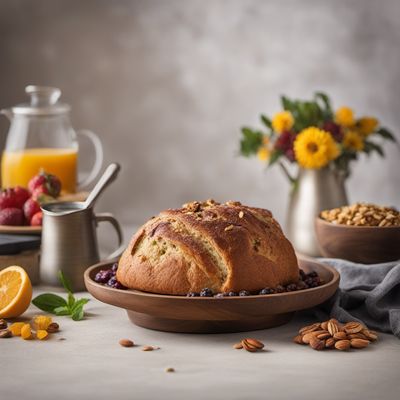
Zimbabwean-style Celebration Bread
Savannah Delight: Zimbabwean-Inspired Celebration Bread
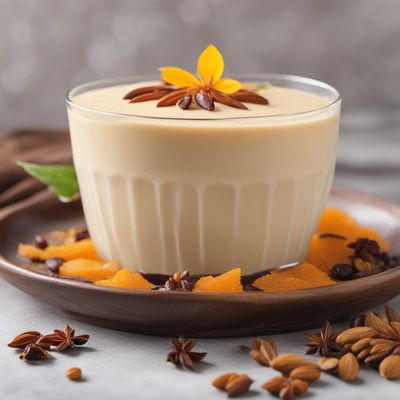
Mongolian Style Creamy Semolina Pudding
Silk Road Delight: Mongolian Style Creamy Semolina Pudding

Zesty Zarda Delight
Saffron-infused Sweet Rice Delight
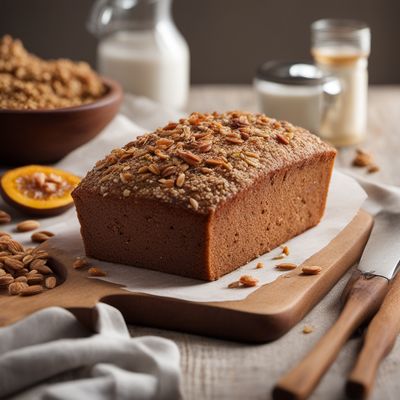
Panamanian-style Whole Grain Bread
Tropical Grain Delight: Panamanian Whole Grain Bread
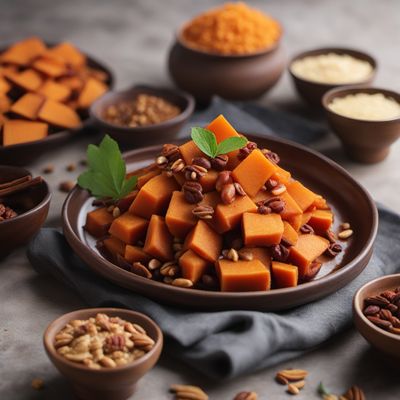
Shanxi-style Sweet Potato Halv
Golden Delight: Shanxi-inspired Sweet Potato Halv

Balochi Sweet Delight
Saffron-infused Balochi Sweet Delight: A Taste of Exotic Indulgence

Naga Spice Infused Hot Cross Buns
Fiery Hot Cross Buns with a Naga Twist